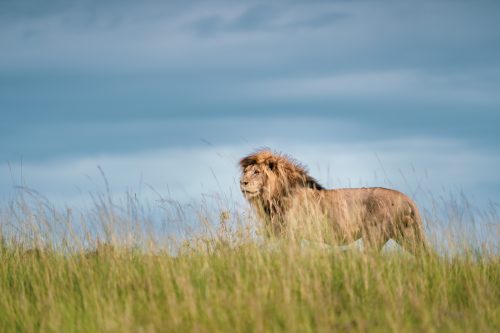
Although there’s no such thing as a dull morning in the Mara, some are just a bit more thrilling than usual. On this particular morning, I was spoiled for choice when it came to picking the most exciting subject to photograph. A hot-air balloon up in the sky, just about to line up to my line of vision with the most glorious sunrise. A saddle-billed stork with its morning catch trying to swallow a mudfish. A tussle ensuing between two chunky hippos. It's a most welcome problem to have, I must admit.
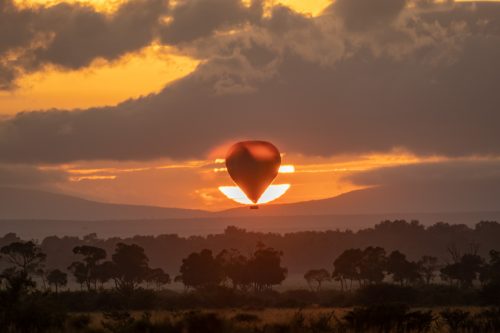
I can’t resist being greedy, trying to capture everything I can. But then again, I wouldn’t have these images to share with you about this beautiful patch of land I am fortunate to call my second home.
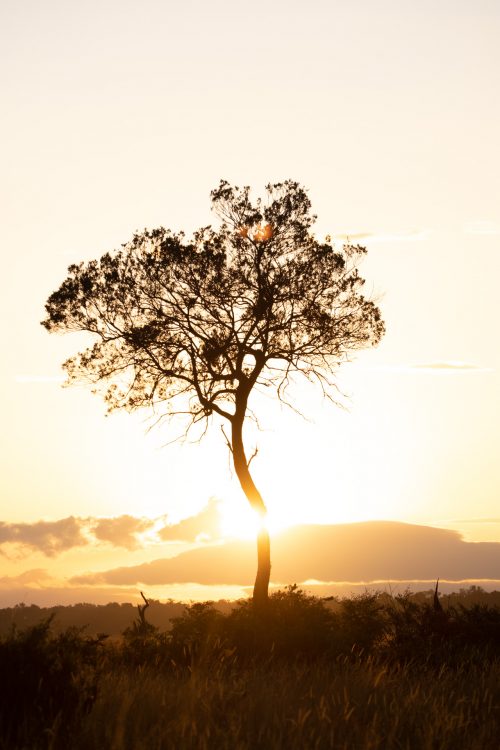

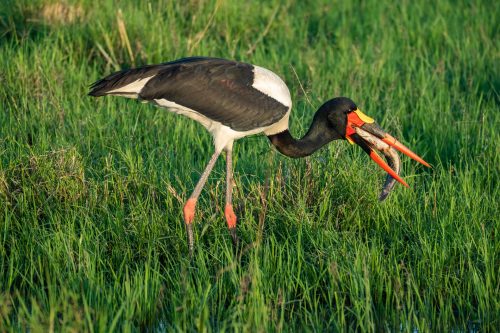
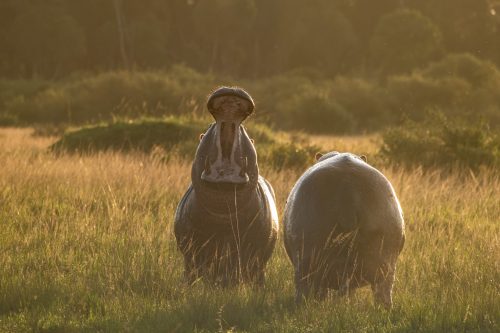
I consider elephants as one of my favourite animals because they are such highly intelligent and social animals with incredibly impressive memories. These pachyderms live in complex social groups and form relationships that last decades. We found this family unit grouped together at a location of a dead elephant’s skull engaging in heightened social interactions with each other.
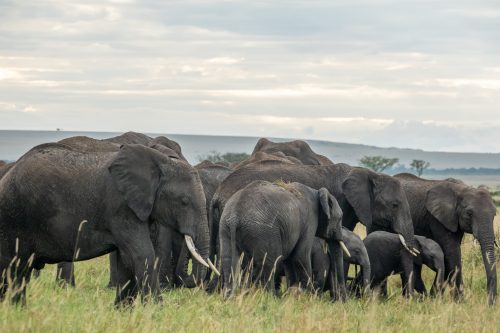
They examined the skull carefully with amazing gentleness using their highly sensitive trunks and feet. The dense concentration of sensory receptors in their feet makes them one of the most sensitive parts of their body as I have observed during my time in Amboseli National Park. They touched, lifted, turned and even stepped on the skull. A few of them put their back towards the skull and gently touched it with the soles of their feet, a behaviour I have witnessed numerous times before, which leads me to believe that their hind legs are particularly sensitive.
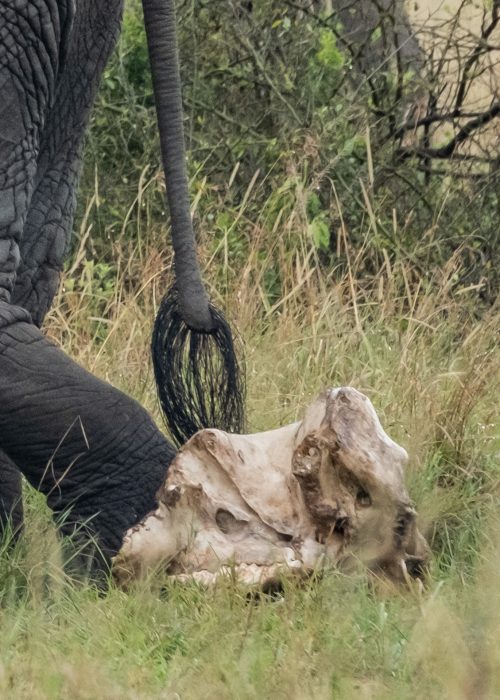
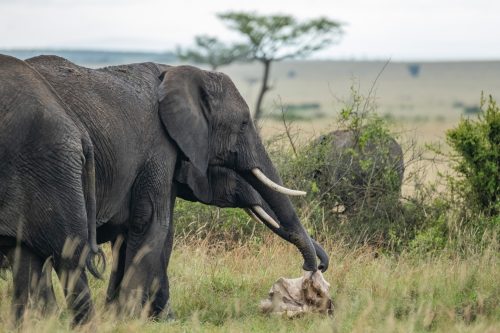
This interest in their dead is regarded as one of the most phenomenal aspects of elephants but I refrain from calling this behaviour “mourning their dead” at the risk of over-humanising them. Although clearly, these interactions serve a social or biological purpose for now only known by them.
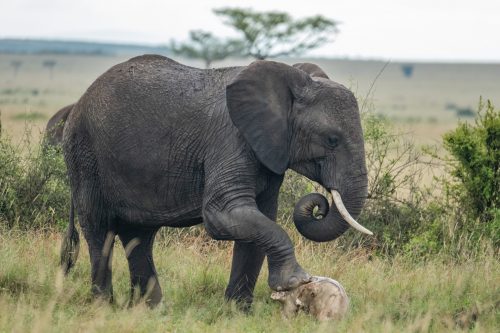
We caught up with 11 members of the Egyptian Pride this week counting five adult females, three juveniles and three cubs. Currently, they are scattered all over their territory and every now and then we get a glimpse of a section of this pride like this mom with a single cub casually walking on the road.
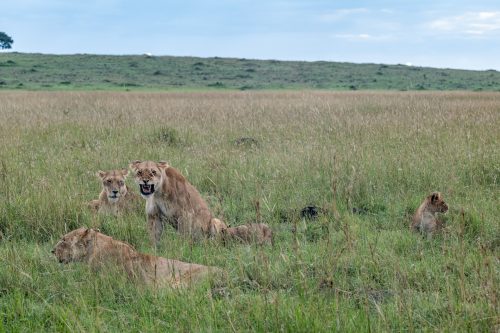
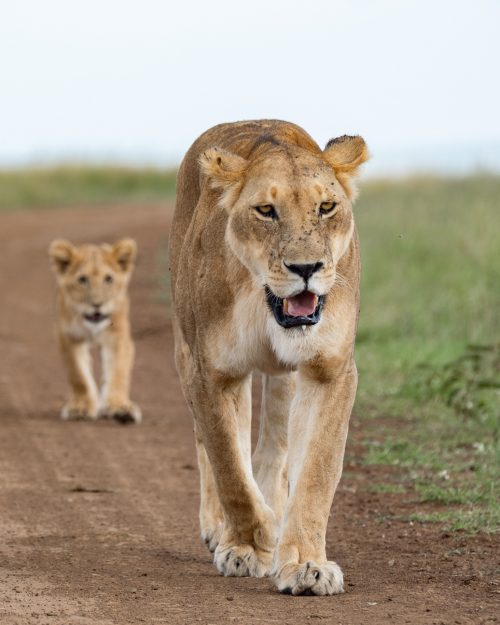
Lions will sometimes hunt alone if the opportunity presents itself, but they have a higher success rate when two or more hunt cooperatively. For this remaining lioness of the Angama Pride, the odds are heavily stacked against her; the territory is relatively open terrain. Still, she managed to make a successful zebra kill in front of our guests who were just arriving in the Mara Triangle right below Angama Mara.
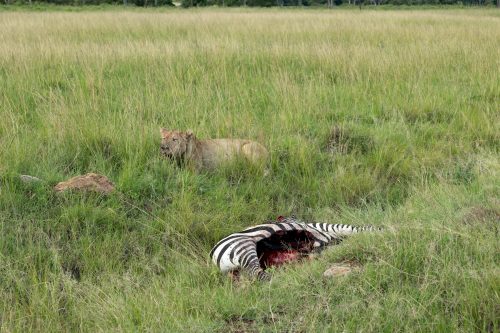
We have been watching a young leopardess at home in the canopy of the trees thrilling all who come to see her. She has been basking in the sun atop it, jumping from branch to branch with such impeccable nimbleness or coming down one trunk and up another. She is young and so playful we jokingly named her “the bush princess”.
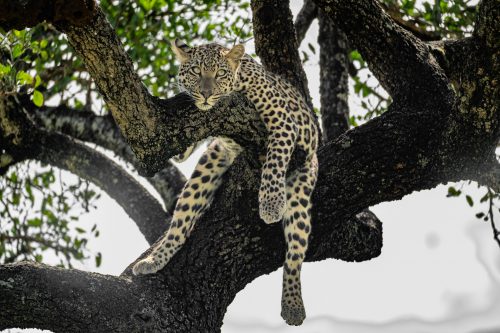

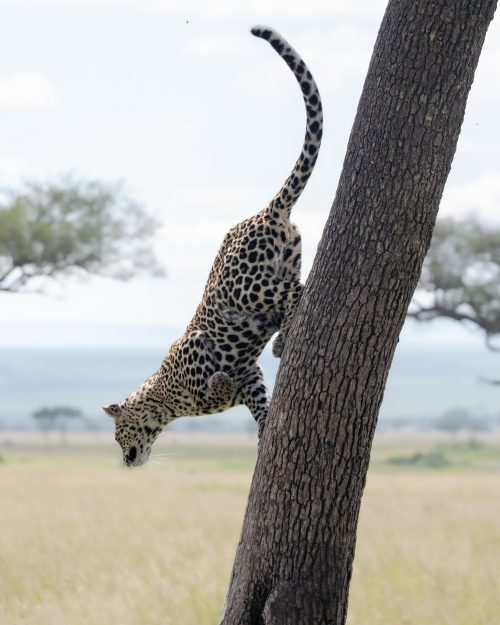

These two lionesses from the Paradise Pride were causing such a commotion within Bila Shaka territory. Over the past three days, we have seen these two lionesses up and about with some of the boys. We noticed one of the females was constantly calling, presumably to the rest of the pride.


Not far from where the lionesses disappeared into some thick bush, these boys appeared, all mighty and without a care of the vehicles or stampeding ‘Dagga’ boys huffing and puffing after them. They had their mind fixated on one thing — the two damsels within their territory. First came Doa, then Koshoke, followed by Chongo and lastly, Kibogoyo. Time will tell what they are up to.
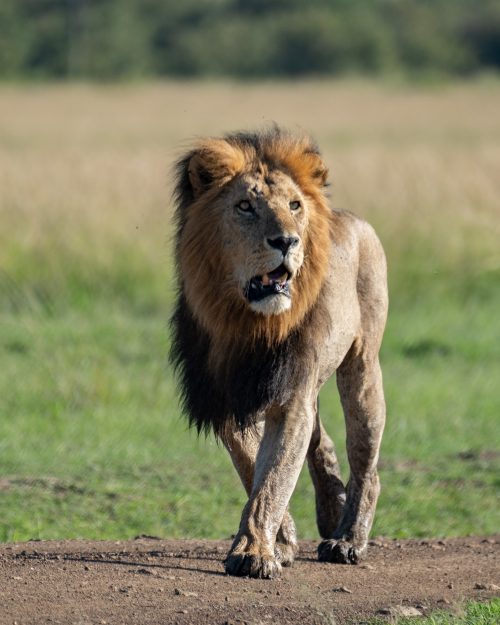


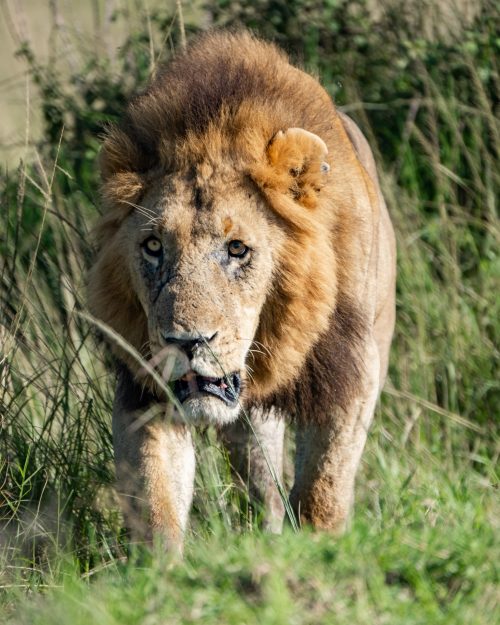

Last year this time, the most delightful family of hyenas had a den site along the escarpment road. On a daily basis, these energetic pups provided much entertainment before our guests had even entered the Mara Triangle.
Filed under: This Week at Angama
Subscribe for Weekly Stories
Comments (0):
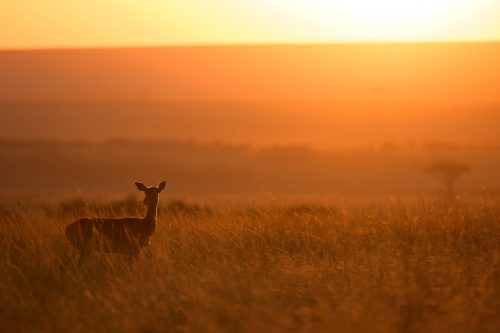
Rates & Availability